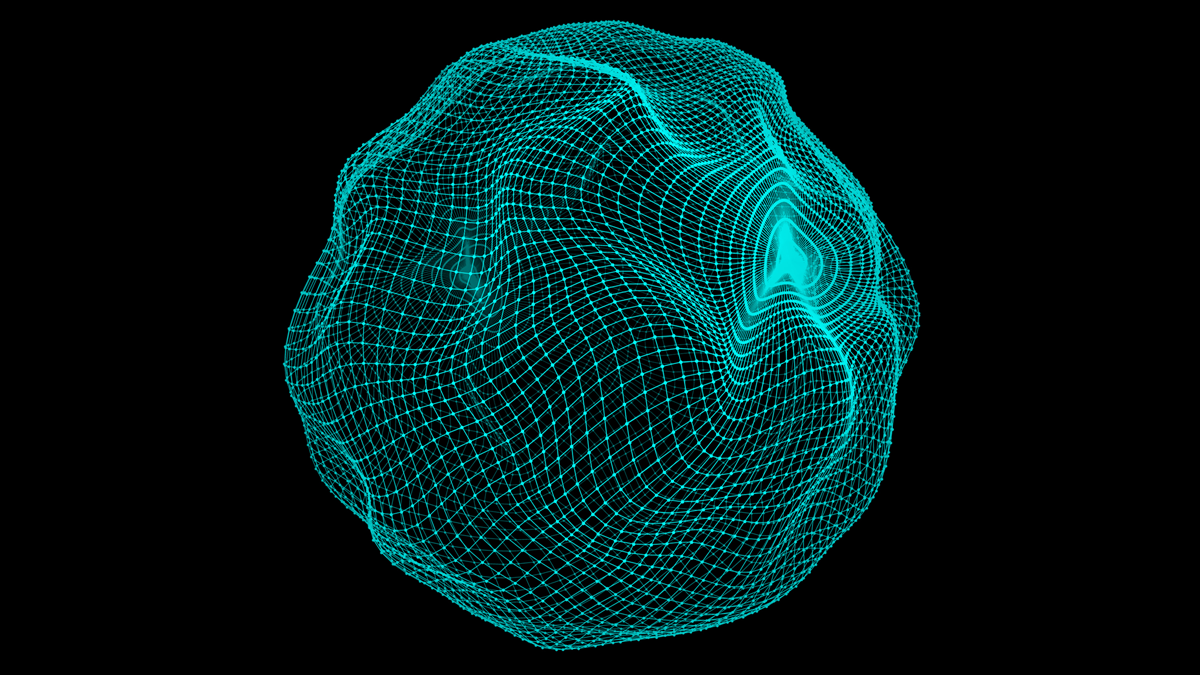

Cell Morphology
Building A Better Foundation for Discovery, Starting with Cell Morphology
Cell morphology describes the shape, structure, form, and size of cells. In bacteriology, cell morphology relates to the size and shape of bacteria: cocci, bacilli, spiral, etc, and most mammalian cells grown in culture can be divided in to three categories based on their morphology: Fibroblastic, epithelial-like cells and lymphoblast-like cells.
Cellular morphogenesis play a fundamental role in developmental biology. It is strongly influenced by the cell’s microenvironment, and its response to biophysical and topographical cues is governed by mechanosensing, mechanotransduction, and mechanoresponse. Studies show that cells isolated from multicellular structures (tissues, organs) and cultured as monolayers, change their morphology from e.g. spherical to spindle-like, elongated shapes. Morphological characteristics play a key role in the diagnosis of cancer, normal cells having regular, ellipsoid shapes while cancer cells are often irregular and contoured. Cell morphology has also been shown to play a role in cell motility and ultimately tumour invasiveness. The dynamic morphology of migrating cells is highly complex and requires state-of-the-art techniques to analyse and quantify it.
AFM is the ideal tool for the analysis and characterization of surface morphology, structure, and mechanical properties of biological samples. Understanding the mechanisms of cellular morphogenesis can play a crucial role in cell culture, tissue engineering and the development of new biomarkers.